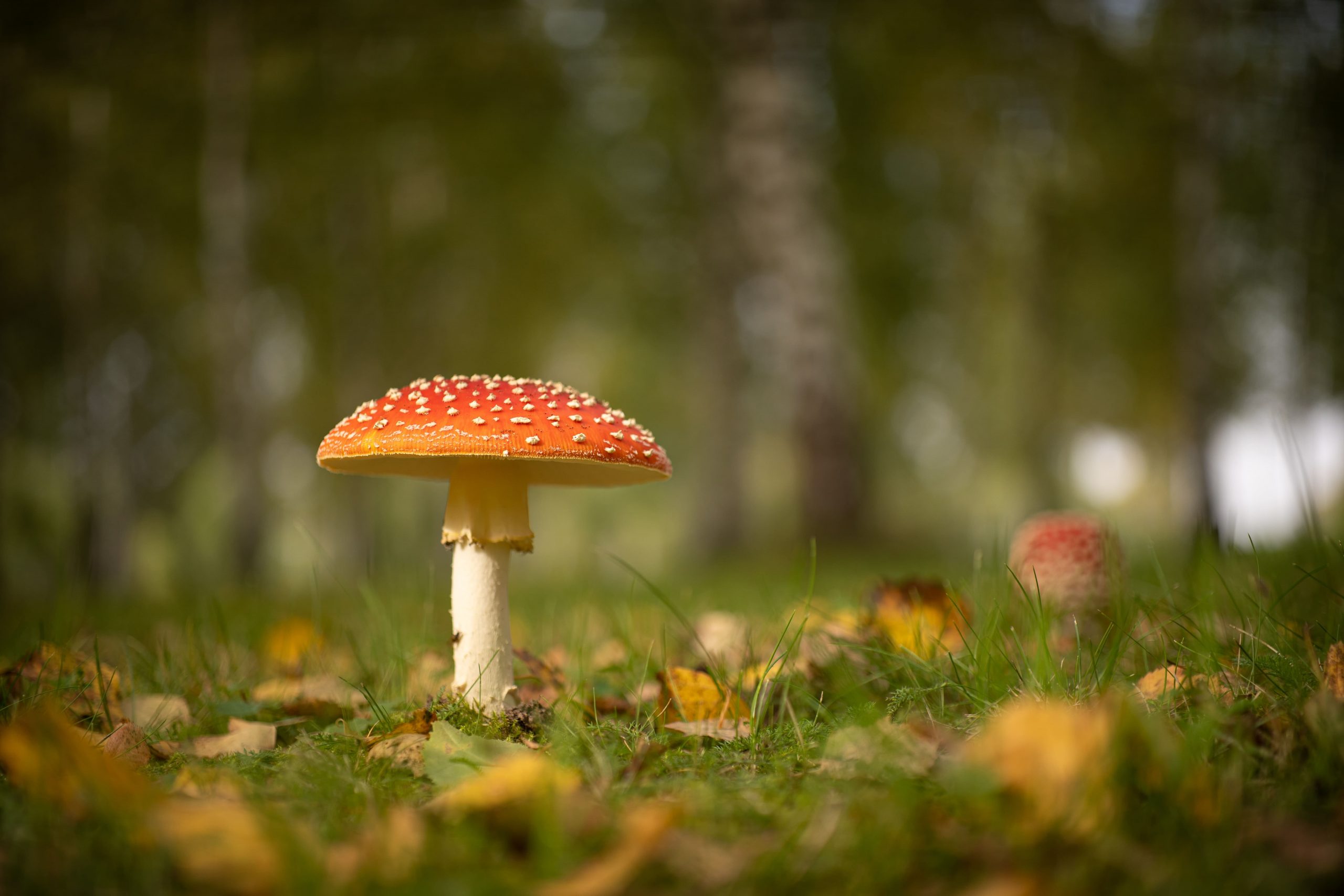A man in Amherst and his mother went through a near-death experience after they ate a mushroom foraged from the wild. Kai Chen and his mother Kam Look had severe liver damage when they arrived at the hospital, UMass Memorial Medical Centre officials confirmed.
The do ate what they thought to be brown cap mushrooms, but instead consumed Amanita phalloides, or the commonly known death cap mushrooms, a poisonous specie of mushrooms. Hospital officials said that the death rate for the liver injury they sustained from this mushroom is from 30 to 50 percent.
Also Read| Swift-footed lizard named state dinosaur of Massachusetts
Chen recovered and was discharged a few days later, while his mother was admitted to the hospital and went through an organ transplant.
What are death cap mushrooms?
Death cap mushrooms are scientifically known as Amanita Phalloides, and are generally 15 cm tall with a dome-shaped white cap, with, depending on its age, an off-white stem. They can be easily confused for edible mushrooms, but they are deadly poisonous. They can also be confused for false death caps (Amanita citrina), which bear a strong smell of raw potatoes and are edible.
Death cap mushrooms belong to the family of Amanitaceae and their fruiting season is normally from July to November. They can normally be spotted in mixed deciduous forests, often in widely spaced groups, particularly under oak and beech.
Also Read| Tennessee Republican leaders promise ban on transgender youth care
They are common in countries like the UK, Ireland and mainland Europe.
They are mycorrhizal fungi, which means they have a symbiotic relationship with their host plant. They largely live off the roots of the trees and release back nutrients back into the soil for the plants to reabsorb.
They have been mentioned innumerable times in folklore and fairytales, due to their ability to produce circles of fruiting bodies referred to as fairy rings.
As only a small amount of death cap can potentially kill a person, and the symptoms take time to surface, they have historically been used as an invisible weapon for murder.
Thousands have died due to death cap poisoning, especially mistaking them for edible mushrooms at the button stage.







